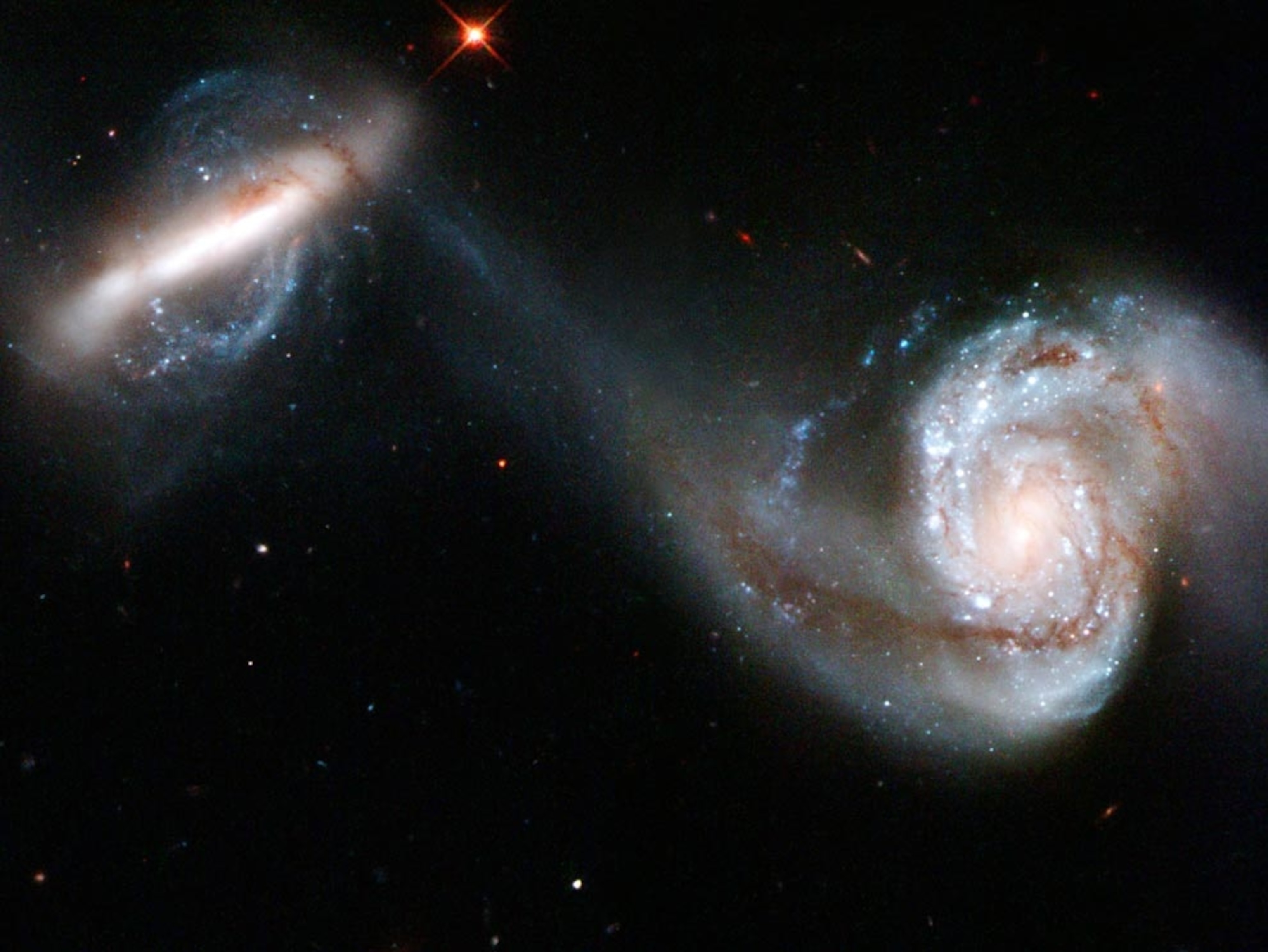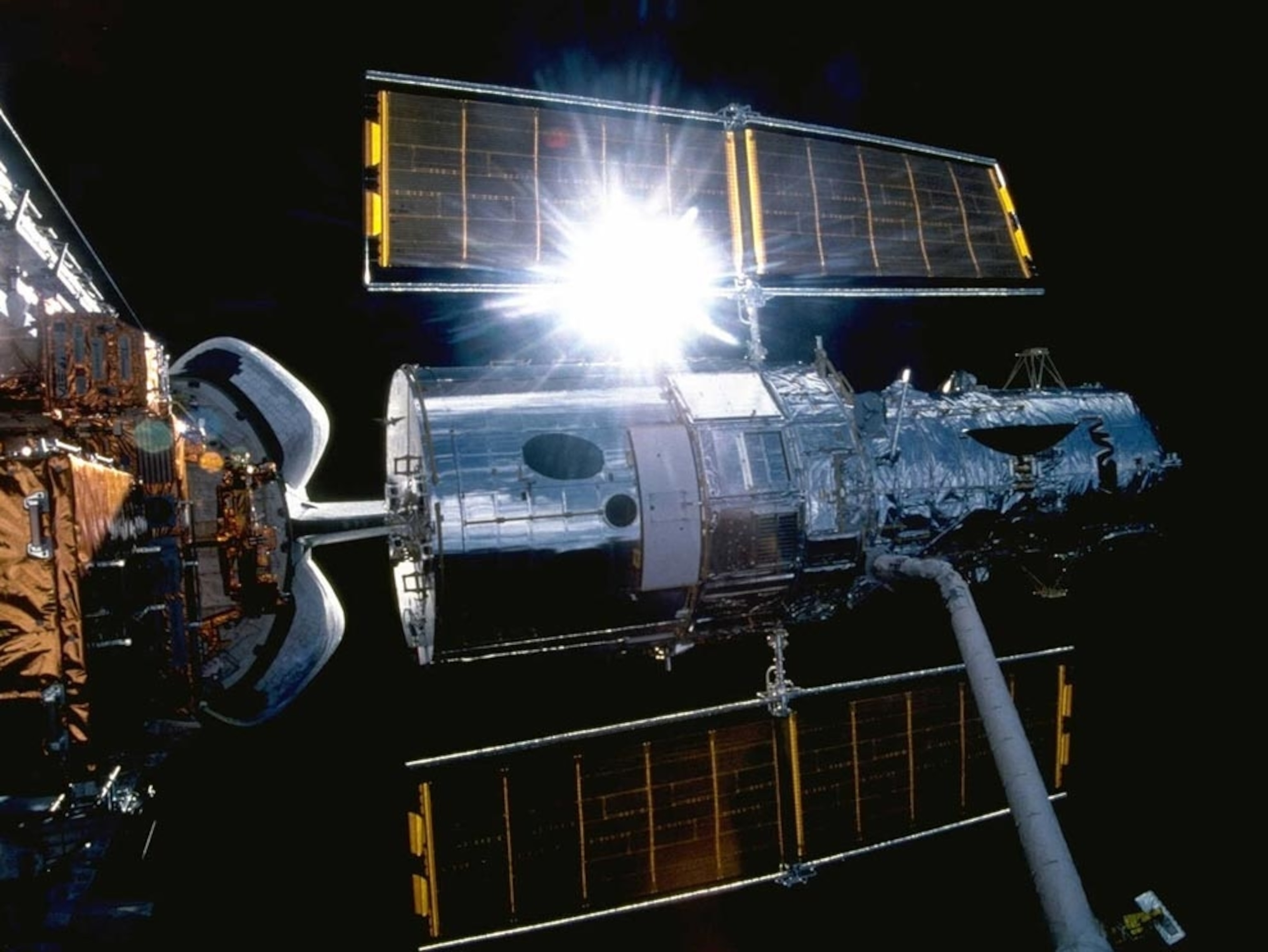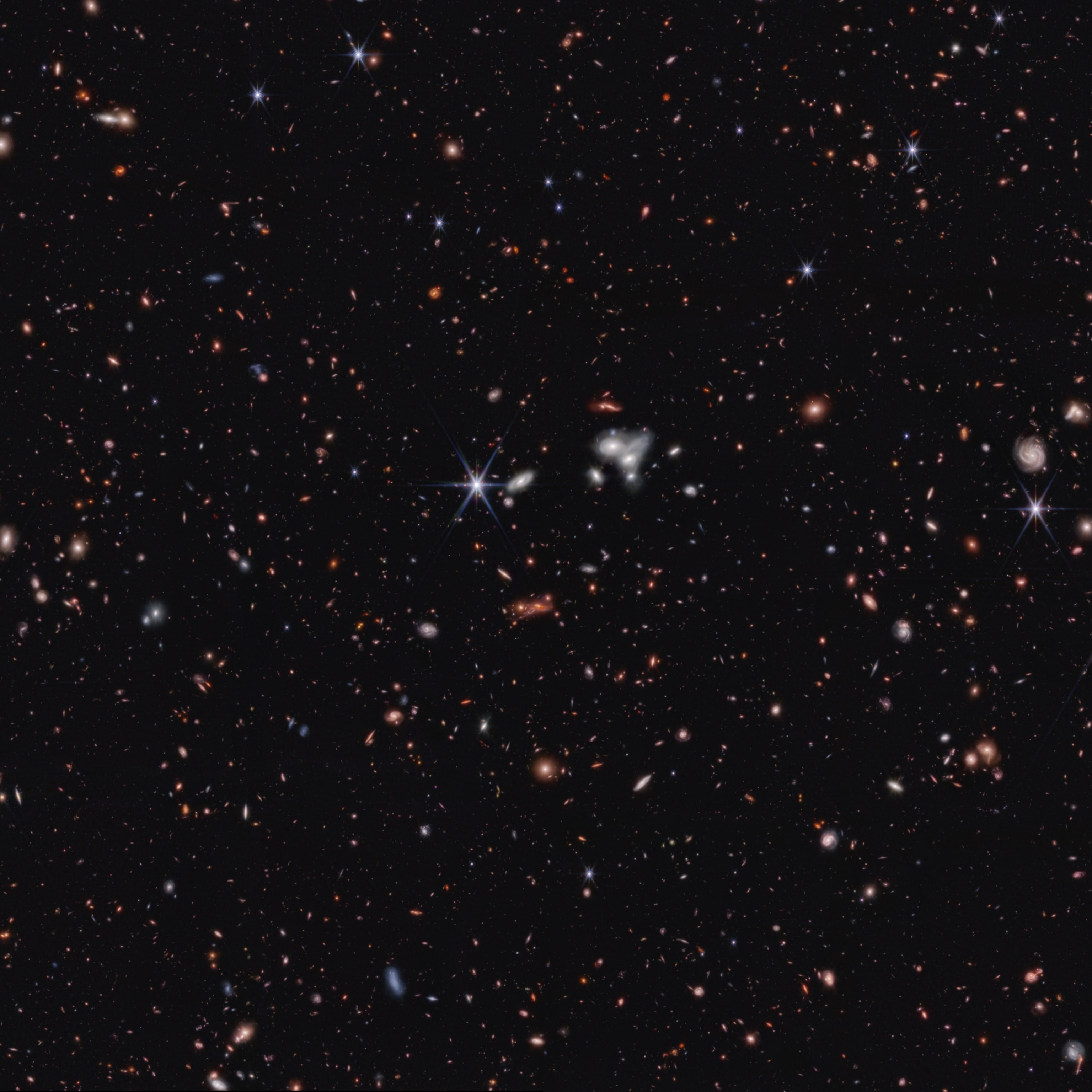
The universe seems to be expanding faster than all expectations
New evidence deepens a mystery around the Hubble constant, one of the most important numbers in cosmology.
Fresh evidence suggests that the universe is expanding faster today than it did in its infancy, a difference that has set off a search to understand what cosmic forces could be at play. If confirmed, the changing rate—which is nine percent faster than had been projected—would force us to reconsider a fundamental aspect of the cosmos.
The result, announced in a new report publishing in the Astrophysical Journal, marks the latest in a long-running controversy over the Hubble constant, a key measure of the universe's age and expansion rate.
In recent years, numerous studies have shown that measurements of the Hubble constant from the cosmic microwave background—the faint afterglow of the infant universe—are at odds with estimates from far younger stars, such as those in our Milky Way, even after taking into account other mysterious cosmic forces such as dark energy, which is accelerating the universe's expansion.
“[The universe] is outpacing all our expectations in its expansion, and that is very puzzling,” says lead study author Adam Riess, an astronomer at Johns Hopkins University who co-won the 2011 Nobel Prize in physics for helping discover dark energy.
Stunning Pictures of Space from Hubble












































Some have argued that the discrepancy is a product of incomplete data, or some unseen errors systematically pressing their thumbs on the scales. But based on fresh measurements of our cosmic neighborhood from the Hubble Space Telescope, Riess and his colleagues say that the mismatch is not only real, it's wider than ever.
In the new study, Riess's team measures the Hubble constant to a value of 74.03 kilometers per second per megaparsec, give or take 1.42. That's at odds with the best estimates from Planck, a European Space Agency telescope that made the best measurements to date of the cosmic microwave background. Planck's data pegs the Hubble constant at about 67.4 kilometers per second per megaparsec, give or take 0.5. In statistical parlance, the difference between these two results stands at about 4.4 sigma, or 1-in-100,000 odds that the discrepancy is merely a fluke.
“To use an analogy, let’s look at a two-year-old and see how tall they are, and then try to figure out how tall they are going to be when they grow up. Then we could actually wait until they grow up and measure them,” Riess says. “If they far exceed that [extrapolation], we’d have a real mystery on our hands. Something isn’t right in our understanding of how this person grew.”
Clocking the universe
Calculating the Hubble constant, and thus the expansion rate of the universe, based on the movements of stars requires two kinds of data: how far away a given star is, and how quickly it's receding from us.
To measure a star's relative velocity, astronomers look for shifts in the star's emitted light. To measure distance, astronomers use a variety of tools, from straightforward geometry to careful observations of stars called Cepheid variables. These stars brighten and dim regularly, and the rate of these pulses is closely related to the star's overall brightness: the brighter the star, the more slowly it pulsates.

Astronomers can use this relationship as a ruler. By measuring a Cepheid's pulse rate, astronomers can work out how luminous the star is, and by comparing that absolute brightness with the one we see, we can infer how far away the star is from us. Cepheids also can be combined with observations of certain kinds of stellar explosions to measure distances deeper and deeper into the cosmos.
Astronomers have worked for years to assemble this “cosmic distance ladder,” and they're constantly trying to calibrate it ever more finely. For this study, Riess's team used the Hubble Space Telescope to peer at 70 Cepheids in the Large Magellanic Cloud, one of our Milky Way's irregularly shaped satellite galaxies. These new data let them more precisely estimate the distances between us and objects in the Large Magellanic Cloud, which in turn let them infer the Hubble constant with greater precision.
Balancing the books
If the universe really is expanding faster than thought, then some kind of new physics would have to provide the extra oomph. Is dark energy more exotic and turbo-charged than we thought? Is dark matter more complex than we imagined? Is there some other kind of unseen particle in the cosmos, such as a “sterile neutrino” that interacts with other types of matter only via gravity?
And if our cosmic checkbooks are truly off, we might want to call in an outside accountant—and one could be coming soon. In 2017, scientists detected gravitational waves, ripples in space-time itself, and light flung off by a colliding pair of neutron stars. The historic measurement allowed astronomers to derive an independent estimate of the Hubble constant. So far, that value slots right in between the Planck values and those derived from the cosmic distance ladder.
The effectiveness of using such events as “standard sirens” to measure the expansion of the universe, however, hinges on the number of neutron-star events that gravitational wave detectors such as LIGO pick up. So far, astronomers have confirmed only one—but on the morning of April 25, LIGO may have detected another. That said, pinpointing the waves' origins in the sky proved challenging, which is complicating follow-up measurements with telescopes.
Meanwhile Riess and astronomers around the world are working to make their measurements of the Hubble constant even more precise, in the hopes that even a small discrepancy could unlock a massive new clue to how the universe works.
“Even nine percent is a big deal, when you have an uncertainty of one or two percent,” says Riess. “We have some feeling that the universe is still teaching us.”
Related Topics
You May Also Like
Go Further
Animals
- Octopuses have a lot of secrets. Can you guess 8 of them?
- Animals
- Feature
Octopuses have a lot of secrets. Can you guess 8 of them? - This biologist and her rescue dog help protect bears in the AndesThis biologist and her rescue dog help protect bears in the Andes
- An octopus invited this writer into her tank—and her secret worldAn octopus invited this writer into her tank—and her secret world
- Peace-loving bonobos are more aggressive than we thoughtPeace-loving bonobos are more aggressive than we thought
Environment
- Listen to 30 years of climate change transformed into haunting musicListen to 30 years of climate change transformed into haunting music
- This ancient society tried to stop El Niño—with child sacrificeThis ancient society tried to stop El Niño—with child sacrifice
- U.S. plans to clean its drinking water. What does that mean?U.S. plans to clean its drinking water. What does that mean?
- Food systems: supporting the triangle of food security, Video Story
- Paid Content
Food systems: supporting the triangle of food security - Will we ever solve the mystery of the Mima mounds?Will we ever solve the mystery of the Mima mounds?
History & Culture
- Strange clues in a Maya temple reveal a fiery political dramaStrange clues in a Maya temple reveal a fiery political drama
- How technology is revealing secrets in these ancient scrollsHow technology is revealing secrets in these ancient scrolls
- Pilgrimages aren’t just spiritual anymore. They’re a workout.Pilgrimages aren’t just spiritual anymore. They’re a workout.
- This ancient society tried to stop El Niño—with child sacrificeThis ancient society tried to stop El Niño—with child sacrifice
- This ancient cure was just revived in a lab. Does it work?This ancient cure was just revived in a lab. Does it work?
Science
- The unexpected health benefits of Ozempic and MounjaroThe unexpected health benefits of Ozempic and Mounjaro
- Do you have an inner monologue? Here’s what it reveals about you.Do you have an inner monologue? Here’s what it reveals about you.
- Jupiter’s volcanic moon Io has been erupting for billions of yearsJupiter’s volcanic moon Io has been erupting for billions of years
- This 80-foot-long sea monster was the killer whale of its timeThis 80-foot-long sea monster was the killer whale of its time
Travel
- How to plan an epic summer trip to a national parkHow to plan an epic summer trip to a national park
- This town is the Alps' first European Capital of CultureThis town is the Alps' first European Capital of Culture
- This royal city lies in the shadow of Kuala LumpurThis royal city lies in the shadow of Kuala Lumpur
- This author tells the story of crypto-trading Mongolian nomadsThis author tells the story of crypto-trading Mongolian nomads







